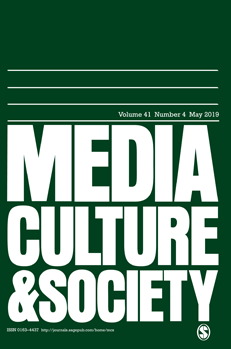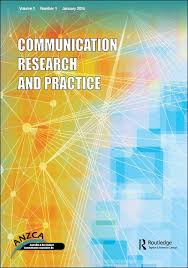 Sharon Strover, Brian Whitacre, Alexis Schrubbe and I have a new journal article in Media, Culture & Society. The article, titled “The Digital Inclusion Role of Rural Libraries: Social Inequities Through Space and Place” features findings from our two-year research grant (award #RE-31-16-0014-16), funded by the U.S. Institute of Museum and Library Services to examine how rural libraries address the challenges of Internet connectivity with hotspot lending programs.
Sharon Strover, Brian Whitacre, Alexis Schrubbe and I have a new journal article in Media, Culture & Society. The article, titled “The Digital Inclusion Role of Rural Libraries: Social Inequities Through Space and Place” features findings from our two-year research grant (award #RE-31-16-0014-16), funded by the U.S. Institute of Museum and Library Services to examine how rural libraries address the challenges of Internet connectivity with hotspot lending programs.
Here’s a link to the abstract, which is also included below:
“A great deal of scholarship on broadband deployment and federal policies has positioned rural America through a deficit framework: rural parts of the country have older populations (and therefore not tech savvy), are poor (and therefore justifiably ignored by the market), too remote (therefore outside of legitimate profit-making enterprise), and losing population (and therefore significance). This research examines rural Internet connectivity through the lens of local libraries lending hotspots for Internet connectivity. Qualitative data gathered in 24 rural communities in Kansas and Maine undercut simplistic notions regarding how communication systems operate in environments ignored by normative market operations. Financial precarity and pressures from social and economic institutions compel rurally based individuals and families to assemble piecemeal Internet presence and connectivity. The public library plays a crucial role in providing Internet resources and stands out in the rural environment as a site that straddles public trust and local.”
